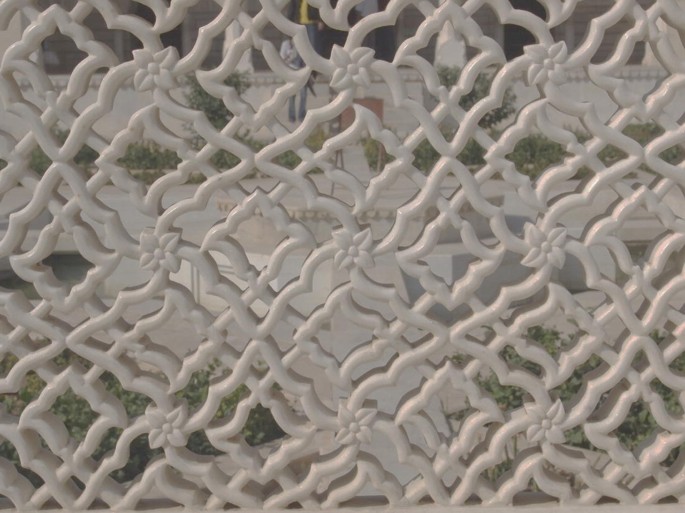Abstract
Here we simplify matters by considering only patterns in two dimensions, in which case there are just four planar systems, five lattice types, and 17 plane groups.
Symétrie, en ce qu’on voit d’une vue, fondée sur... la figure de l’homme. D’où il arrive qu’on ne veut la symétrie qu’en largeur, non en hauteur, ni profondeur. (Our notion of symmetry is derived from the human figure. Hence, one wants symmetry only in width, not in height, nor in depth.)
—Blaise Pascal
Access this chapter
Tax calculation will be finalised at checkout
Purchases are for personal use only
Notes
- 1.
This is the only way to centre a two-dimensional lattice, and the symbol for such centring is simply c (note the deliberate use of lower case).
Author information
Authors and Affiliations
Review Questions
Review Questions
-
1.
Define the term plane group.
-
2.
A planar pattern with a geometrically square unit cell containing two lattice points can best be described in which planar system?
-
3.
The pattern below belongs to which planar system?

-
4.
The pattern below belongs to which planar system?

-
5.
The planar stone lattice-work pattern pictured below is an example of a jaali and forms part of a screen outside the Sheesh Mahal above the Aram Bagh gardens in the Jai Mandir part of the Amber Palace, near Jaipur, Rajasthan, India. In this picture:
Identify with the appropriate symbols all of the nontrivial proper rotation axes.
Use appropriate lines to indicate the positions of any mirror or glide planes.
Sketch in the smallest possible primitive unit cell.
To which plane group does this pattern belong?

Rights and permissions
Copyright information
© 2024 Springer Nature Switzerland AG
About this chapter
Cite this chapter
Ubic, R. (2024). Symmetry in Two Dimensions. In: Crystallography and Crystal Chemistry. Springer, Cham. https://doi.org/10.1007/978-3-031-49752-0_7
Download citation
DOI: https://doi.org/10.1007/978-3-031-49752-0_7
Published:
Publisher Name: Springer, Cham
Print ISBN: 978-3-031-49751-3
Online ISBN: 978-3-031-49752-0
eBook Packages: Chemistry and Materials ScienceChemistry and Material Science (R0)




